Mr. Phong - a farmer who owns half a hectare of durian in Tien Giang - is "restless" as the harvest season enters its peak. Even though the fruit is ripe for picking, traders are still not interested in buying. He placed a deposit more than a month ago at 60,000 VND per kg, but he is worried that they will cancel the deposit because the price keeps dropping.
"Currently, I can only retail to small traders for domestic consumption at a price of about 45,000 VND per kilogram for the good quality," Mr. Phong shared.
Similarly, in durian growing areas such as Tien Giang, Can Tho or Ben Tre , the purchase price of Ri6 at the garden is only 35,000-40,000 VND per kg. Meanwhile, Monthong durian (Thai) has also dropped sharply, fluctuating from 60,000 to 70,000 VND per kg. This price is about one-third of the same period last year. Many warehouses have stopped operating, the rest only buy in small quantities to serve the domestic market.
Mr. Minh Thai, a long-time trader in Tien Giang, said that last year he collected up to 30 tons of durian per day for businesses exporting to China. But since March this year, export orders have suddenly stopped, forcing him to only buy about 3-4 tons of Ri6 per day for domestic customers.
Not only Mr. Thai, many traders in the West also temporarily stopped because they were afraid of losing money. They said that sometimes they went to the garden to negotiate the price, cut the fruit, hired workers and transported it to the warehouse, but when they got there, the purchasing company tightened the inspection, from the appearance to the pesticide residue. The price at the warehouse was only about 10,000 VND per kg higher than the price at the garden, making the traders almost profitless.
"If we don't go to collect goods, we will lose income, but if we put down a deposit, we will be worried because we don't know if the price will still be the same tomorrow," said a trader in Tien Giang.
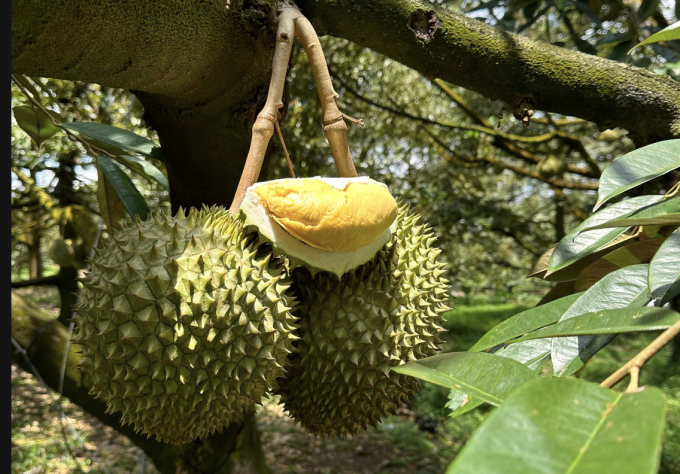
The main reason for the sharp price drop is that China - Vietnam's largest durian consumer market - has tightened its control process since the beginning of the year.
Mr. Doan Van Ven, General Director of Anh Thu Dak Lak Company Limited, said that this country not only requires quality inspection of heavy metals such as Cadmium and O-yellow - which are carcinogenic, but also increases the inspection rate from 10% to 100% of each shipment.
Not only is it strict, the long testing time also causes goods to be left in stock at the border gate. Some batches passed the inspection but when they arrived at the Chinese wholesale market, they were damaged and cracked due to the long waiting time.
"This is the reason why businesses are afraid of risks and do not dare to export large quantities of goods," Mr. Ven explained.
A company in Tien Giang tried to complete inspection to export goods, but had to turn back because of the long wait for customs clearance. When reselling domestically, the price was 40% cheaper than the purchase price. "We suffered heavy losses, so now we dare not take the risk anymore," said the representative of this company.
According to businesses, customs clearance procedures used to take only 1-2 days, but now they take a whole week. This has a big impact on the quality of the fruit. Businesses have proposed shortening the testing time to 3-4 days. At the same time, they have proposed that authorities increase the number of testing centers and negotiate with China to recognize inspection results in Vietnam, thereby shortening waiting time and avoiding damage to goods.
In addition, Mr. Ven also emphasized the need to educate farmers on the use of fertilizers according to standards and to avoid using smuggled fertilizers containing banned substances. Units producing poor quality fertilizers also need to be inspected and strictly handled.
Local authorities also encourage farmers to proactively test their crops before harvesting. Ensuring safety from the root will help reduce risks in the final inspection stage.
The Plant Protection Department has now directed to strengthen supervision of growing areas and packaging facilities. Units that do not meet regulations on pesticide residues, heavy metals or traceability will have their export codes suspended - a prerequisite to maintain a foothold for Vietnamese fruits in the international market.
In 2024, durian exports set a record of 3.3 billion USD, accounting for nearly half of the country's total fruit and vegetable export turnover, but in just the first two months of this year, durian export value dropped to 52.7 million USD, down 69% over the same period. Exports from China alone plunged 83% to only 27 million USD. Durian, from the leading position, has now fallen to third place, after dragon fruit and bananas.
The target of 3.5 billion USD in durian exports in 2025 is at risk of not being achieved. The Fruit and Vegetable Association believes that if the problems related to inspection and customs clearance are not resolved soon, the Vietnamese durian industry will continue to face even greater shocks.
Source: https://baoquangninh.vn/gia-sau-rieng-lao-doc-3353954.html


![[Photo] Press delegation meeting to visit Truong Sa and DK1 Platform](https://vphoto.vietnam.vn/thumb/1200x675/vietnam/resource/IMAGE/2025/5/22/6b8d232877ec421a9e8187d83b9f8006)
![[Photo] Prime Minister Pham Minh Chinh chairs meeting on draft Resolution of National Assembly on International Financial Center in Vietnam](https://vphoto.vietnam.vn/thumb/1200x675/vietnam/resource/IMAGE/2025/5/22/d398664ff1a140629169ea5a24e1b4d0)
![[Photo] T&T 1 and Ho Chi Minh City 1 People's Police Teams won the men's and women's team championships](https://vphoto.vietnam.vn/thumb/1200x675/vietnam/resource/IMAGE/2025/5/22/39db06ae67cb4001b7a556e8d9a56d07)

![[Photo] General Secretary To Lam chairs a working session with the Central Internal Affairs Commission](https://vphoto.vietnam.vn/thumb/1200x675/vietnam/resource/IMAGE/2025/5/22/3b7790f499da45b2803d8ae253207ef1)







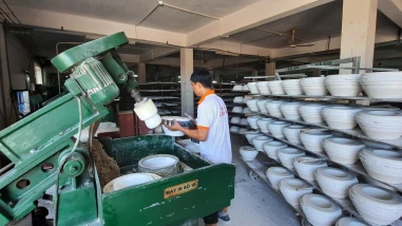


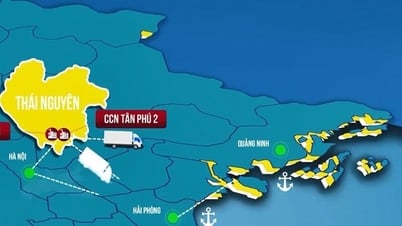





















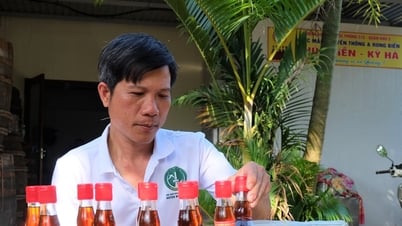



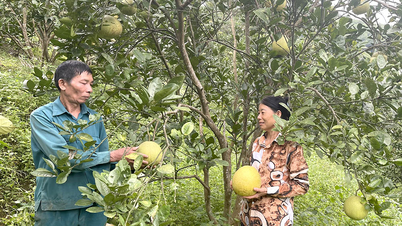










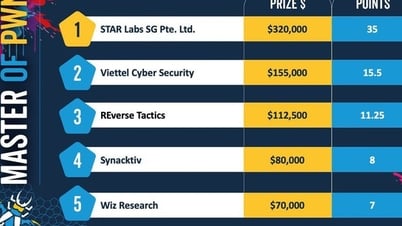



























![[Podcast] Week introducing more than 500 OCOP products in Hanoi](https://vphoto.vietnam.vn/thumb/402x226/vietnam/resource/IMAGE/2025/5/22/d144aac2416744718388dbae3260e7fd)



Comment (0)